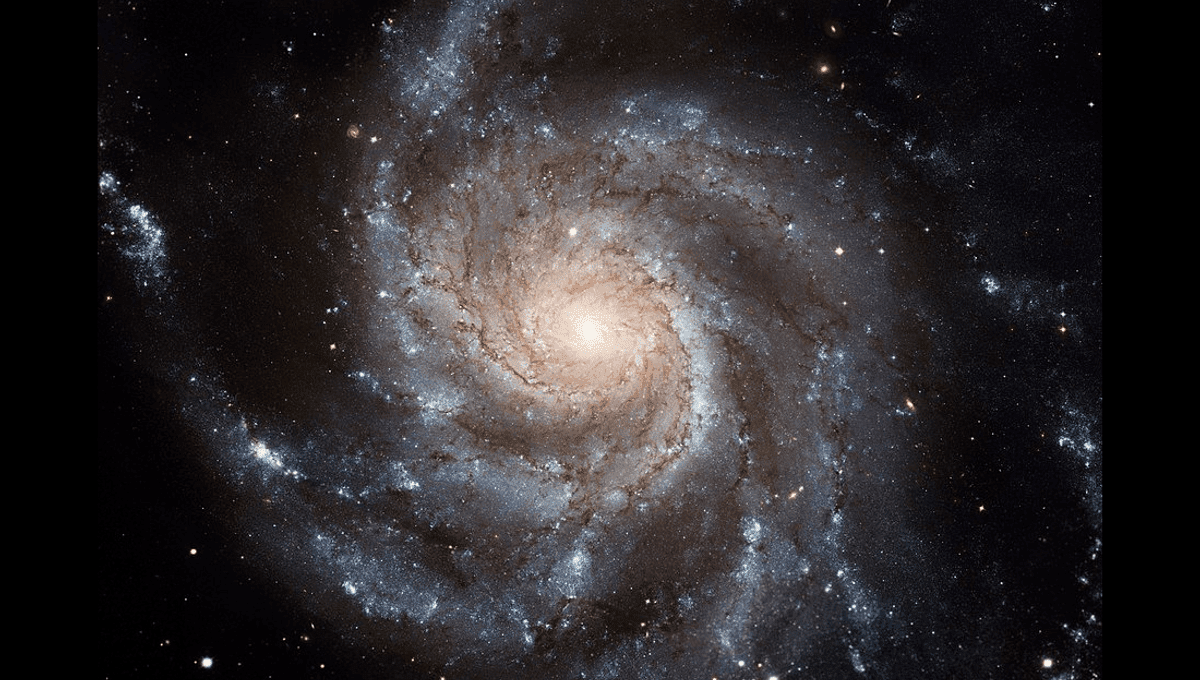
If you own a telescope, now might be a really good time to take a look at a famous galaxy in Ursa Major. If you don’t, but know someone who does, see if they’ll let you take a look – it’s not often you get to watch a giant star explode before your eyes and shine like a billion Suns.
At four minutes to midnight on Friday, May 19, astronomers using the 2-meter Liverpool Telescope confirmed a report by Koichi Itagaki of a possible supernova (named SN 2023ixf )in the Pinwheel Galaxy, also known as Messier 101. Even if you haven’t heard of the Pinwheel, you’ve probably seen images of it before. Its near-perfect spiral structure, face-on orientation to Earth, and relative closeness (21 million lightyears) mean it has been a favorite target for astrophotographers taking images for people to hang on their walls.
We don’t yet know a lot about SN 2023ixf, although with both the Hubble and Swift space telescopes abandoning their planned observations to focus on it that should change. Already, the progenitor star appears to have been identified in archival images from the Spitzer telescope, showing fluctuations in its infrared brightness over the last twenty years. The astronomers finish their report by saying “Additional follow-up is encouraged.” With the Pinwheel never setting from much of the Northern Hemisphere, it’s a safe bet they won’t be short of takers.
Astrophotographer Andrew McCarthy, known for his astonishingly detailed images created by combining many images, is one who has already answered the call.
McCarthy points out that every other individual star visible in the image is from our own galaxy. What we see in the Pinwheel, supernova aside, are clusters of stars, some so tightly bunched they can’t be separated.
Current estimates are that the supernova is currently 14th magnitude – just barely within the capacity of a medium-sized home telescope to see under dark skies.
Since 1900, the Pinwheel has hosted five supernovae, as well as a particularly spectacular nova. With the Milky Way not having had a confirmed supernova for 400 years, its neighbor is really showing it up. The Pinwheel has 2-10 times as many stars as our own galaxy, but is much more active in forming new ones, possibly because of strong gravitational interactions with its smaller companion galaxies.
One of these previous events, SN 2011fe, was another of the four closest supernovas this century. Both 2011fe and SN 2014J were Type Ia supernovas (white dwarfs). Indeed, 2011fe became the standard against which more distant Type Ias are measured, so SN 2023ixf represents the closest example of a core collapse supernova since 2004.
Source Link: A Supernova Just Exploded So Close A Backyard Telescope Can See It